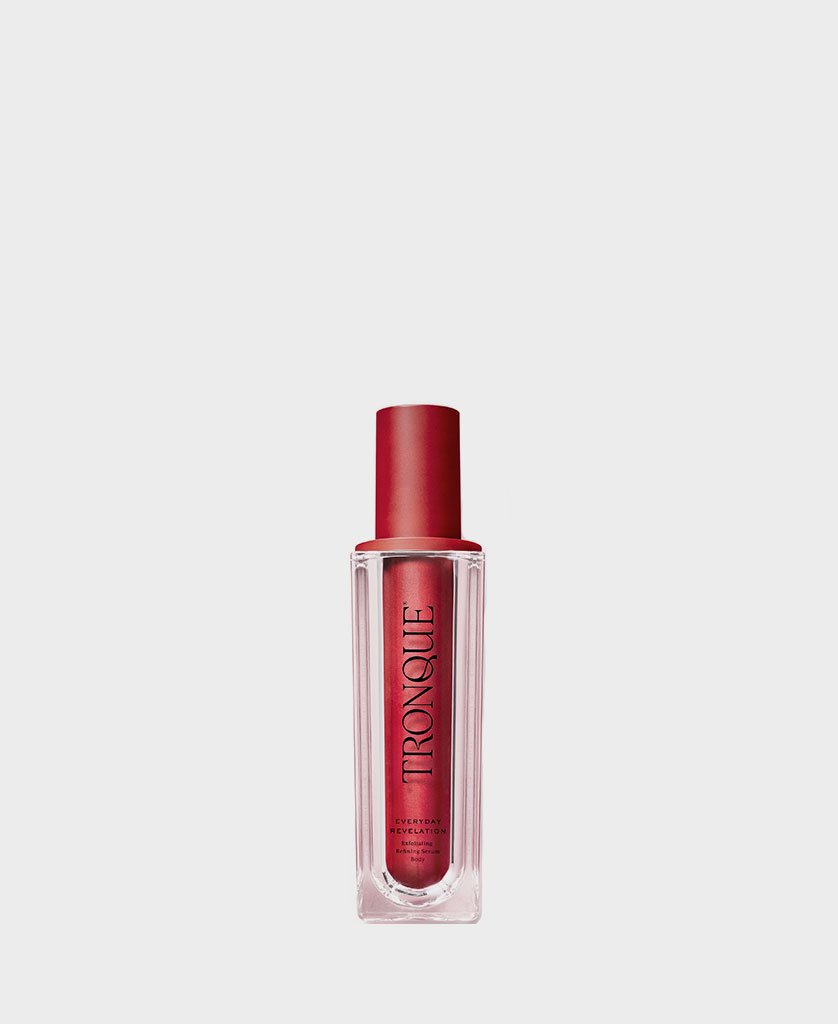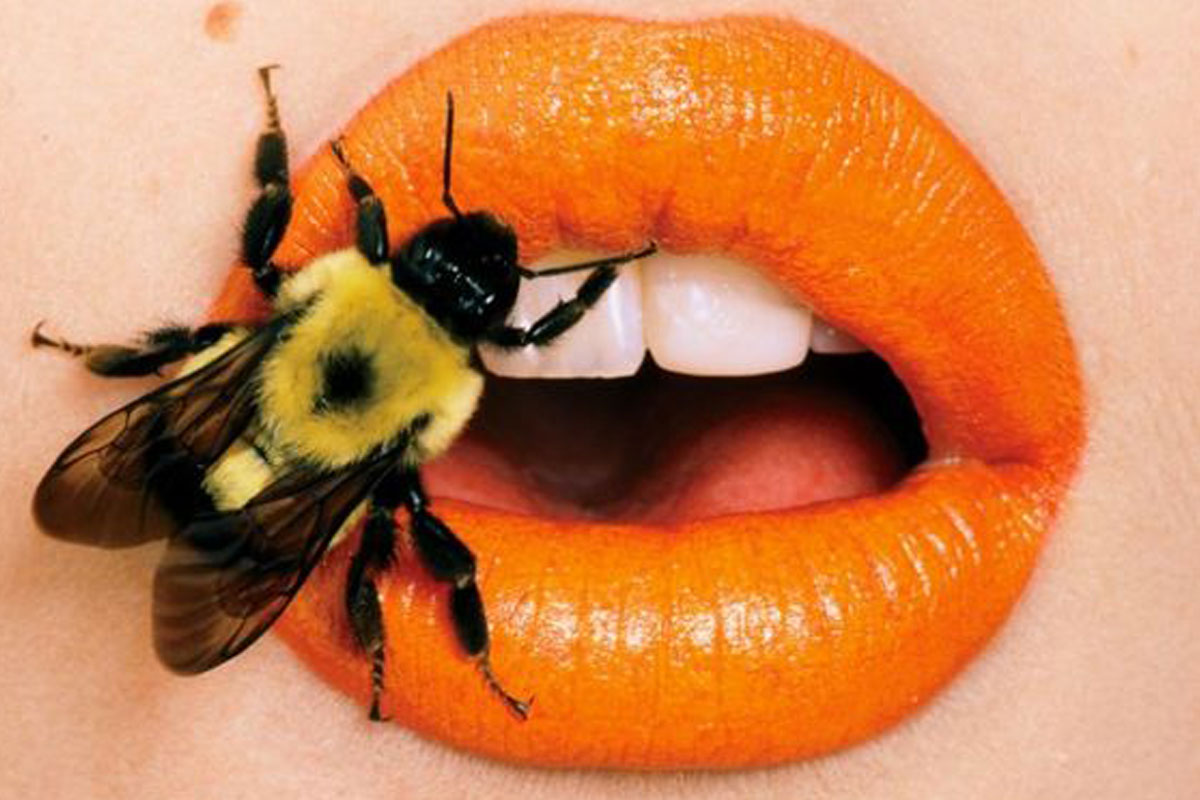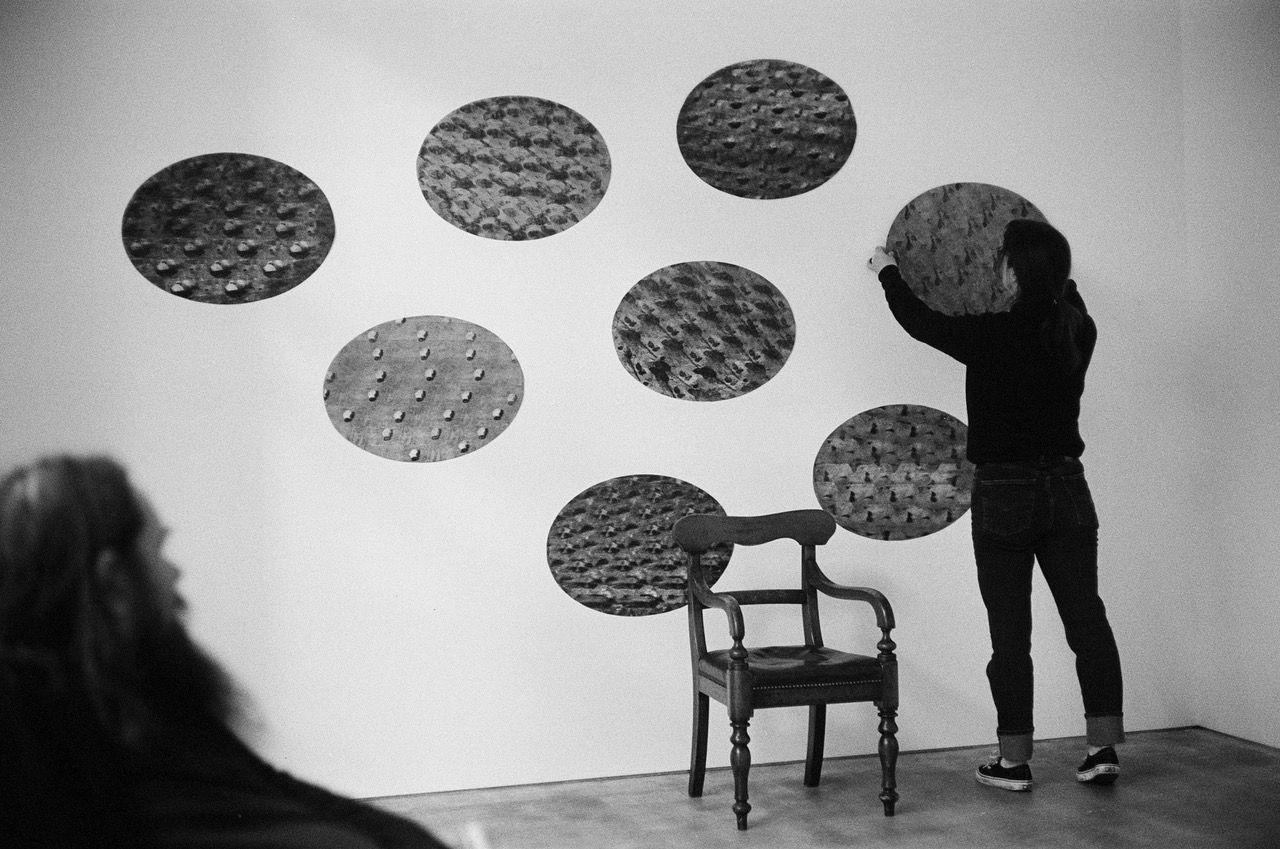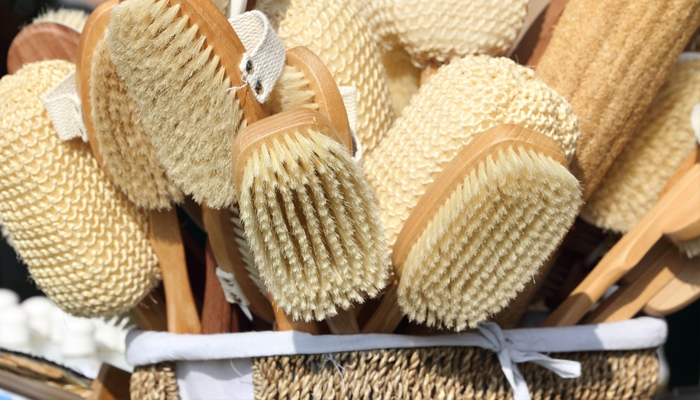
You’d be lying if you said you hadn’t fallen deep into the wellness buzz at some point or another in the last few years, whether that’s been implementing a 10-step skincare regimen or dedicating a moment of your day to practice mindfulness.
Though as the idea of ‘self-care’ is a relatively modern concept, we don’t often think of the fact that a lot of these daily rituals are things that humans have been practicing for thousands of years.
We’d like to brush you up on the history of body exfoliation, and uncover how the fluffy loofahs and Instagrammable coffee scrubs of today were influenced by ancient civilisations throughout history.
SCRUBS THROUGHOUT HISTORY
No, Cleopatra wasn’t getting any microdermabrasion facials, but she was in fact soaking up in milk baths. The Ancient Egyptians are credited as the pioneers of extraordinary beauty rituals. They were said to have originated the dry body brushing technique, and were also known to use pumice stones. Additionally, they discovered that the lactic acids found in sour milk and wine were great for skin renewal too - the first known use of chemical exfoliants.
Ayurveda is India’s holistic healthcare system and science of life that goes as far back as 5,000 years. The Ayurvedic use of dry body brushing is called Gharsana, in a process done to stimulate circulation and blood flow. Traditionally, raw silk or linen gloves were also used.
The Traditional Chinese used dried fibres of a gourd fruit called ‘silk squash’, and created what we have now come to know as a loofah.
Ancient Greeks and Romans exfoliated using an instrument with a curved blade called a ‘strigil’, with the idea being to remove dirt, sweat and oil before they bathed.
Most traditional Iranian households would be familiar with the ancient exfoliation tools called ‘kiseh’ and ‘sefidab’. The former is a hand-woven exfoliating mitt, and the latter is a white ball made from animal fats and natural minerals. The sefidab is rubbed on the kiseh, which is then rubbed onto the skin. Evidence from archaeological excavations have found that the sefidab may have been used in Persian cosmetics as far back as 2000 BC–4500 BC.
The Russians, Turks and Scandinavians have also used the body brushing method for centuries, and the ancient tradition played a central role in Japanese bath and skin care rituals as well. American Indians used dried corn cobs, and Polynesian people would use crushed sea shells.
WHY DO I NEED TO EXFOLIATE MY BODY?
It’s a tried and true practice that's been carried on from historical societies around the world for a reason.
Exfoliation refers to the removal of old skin cells from the body’s surface. This can be done through mechanical means (loosening up the dead skin cells by putting them in contact with abrasive materials) or chemical means (applying acidic compounds such as all your AHAs and BHAs, or natural exfoliants found in fruit enzymes).
Of course, the body has its own natural skin renewal process, and it’s called ‘desquamation’. This is an incredibly unsexy name, so we’ll stick to calling it natural skin renewal. It takes around 28-30 days for the outer layers of skin to shed off on its own, however this process slows down over time. This means that old skin cells may remain on the surface even past their use-by date, which is why your skin can look and feel a little crustier at times. Eep.
Body exfoliation works to eliminate the build up of dead skin cells and stimulate the regeneration of new ones. Additionally, it will unclog pores to prevent breakouts and ingrown hairs, as well as encourage lymphatic drainage and aid the body in shedding excess water and toxins. Yes, yes, and yes.
DRY BRUSHING
The OG exfoliation method. For best practice, dry brush each morning before you shower, then follow up with an oil after you hop out. Use light, circular strokes with medium pressure, and start from the legs up - the key is to brush toward the heart because that is the way the lymph flows naturally.

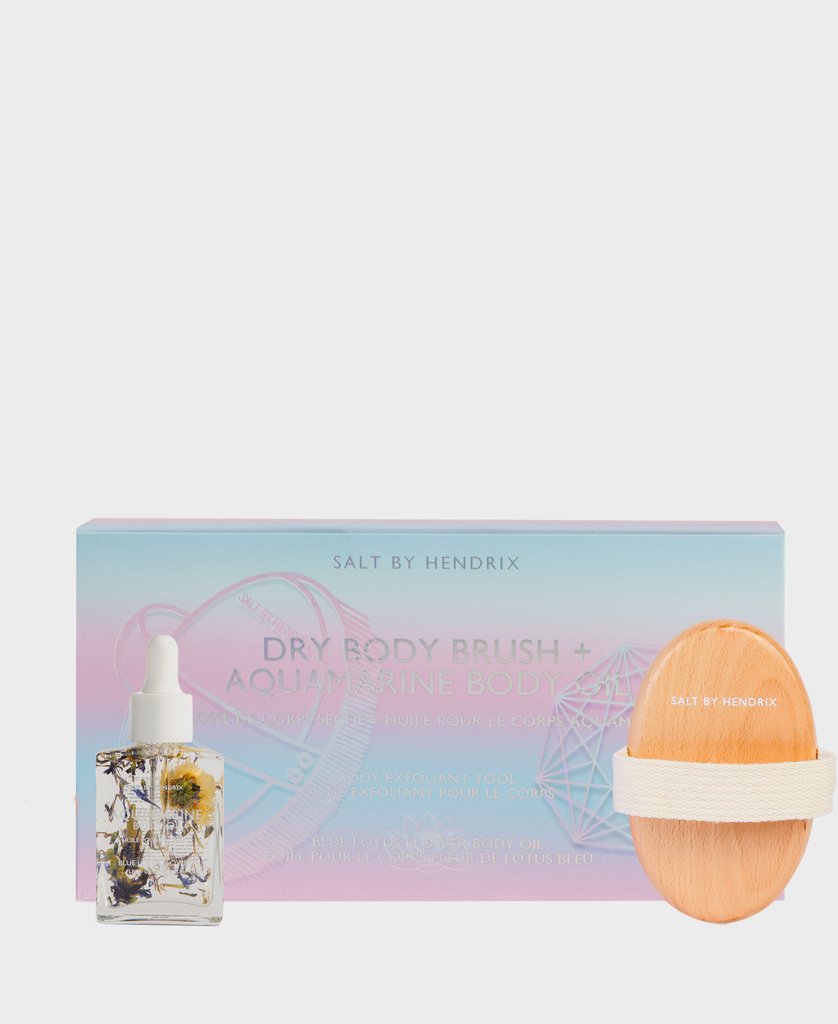
BODY SCRUBS
Body scrubs are often specially concocted with moisturising ingredients to avoid aggravating skin during exfoliation. Any exfoliation will leave you with the perfect canvas to lather on your fave oils or butters and let them sink in fully, so don’t be shy and remember to follow up with more moisture here too.

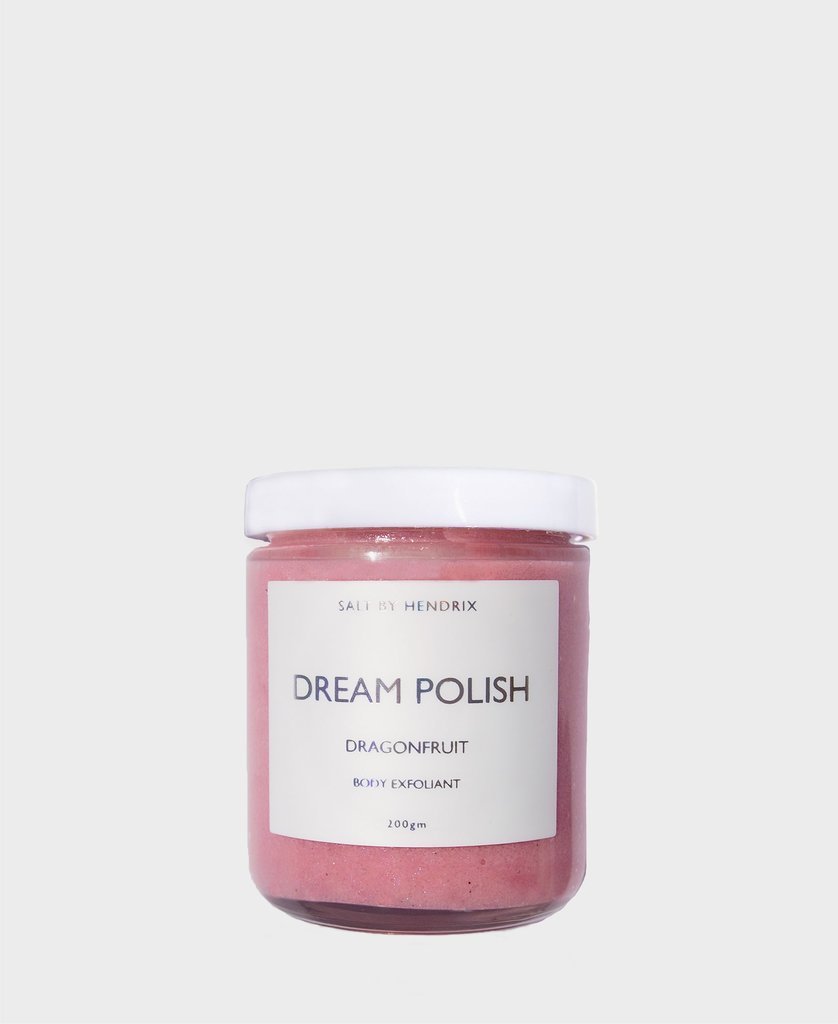

CHEMICAL EXFOLIATION
Most chemical exfoliators can be used on their own or are also great mixed into a moisturiser. They're also the perfect option for when you just want to exfoliate targeted areas and use as more of a spot treatment. Chemical exfoliators are especially beneficial if you are looking to regenerate dry or sun-damaged skin, brighten skin that appears dull, or to fade scars and fine lines. Whenever you've got a chemical exfoliant on, remember to follow up with an SPF or simply avoid being in the sun.
